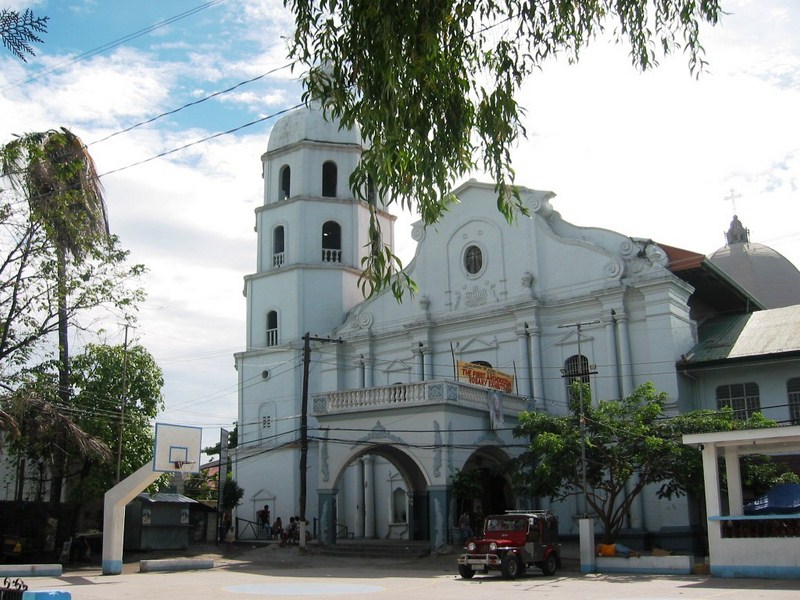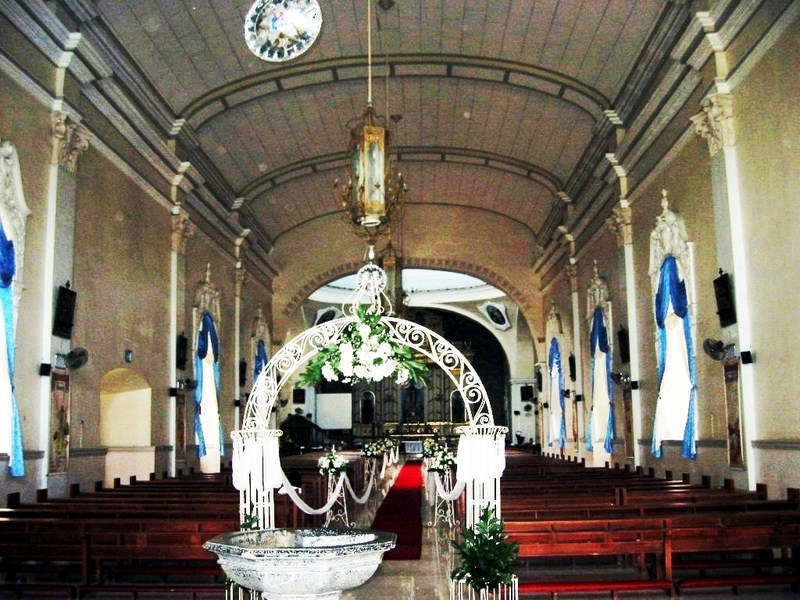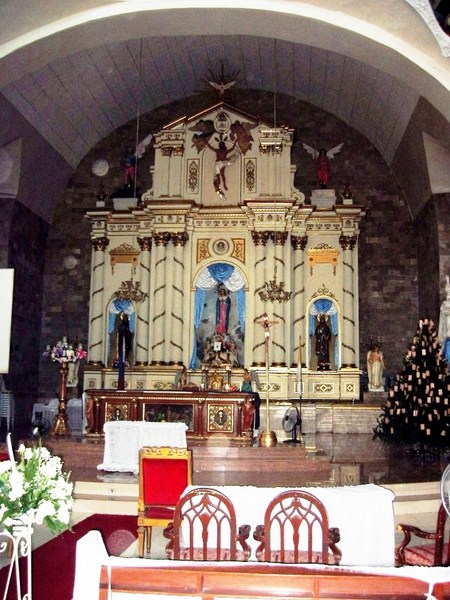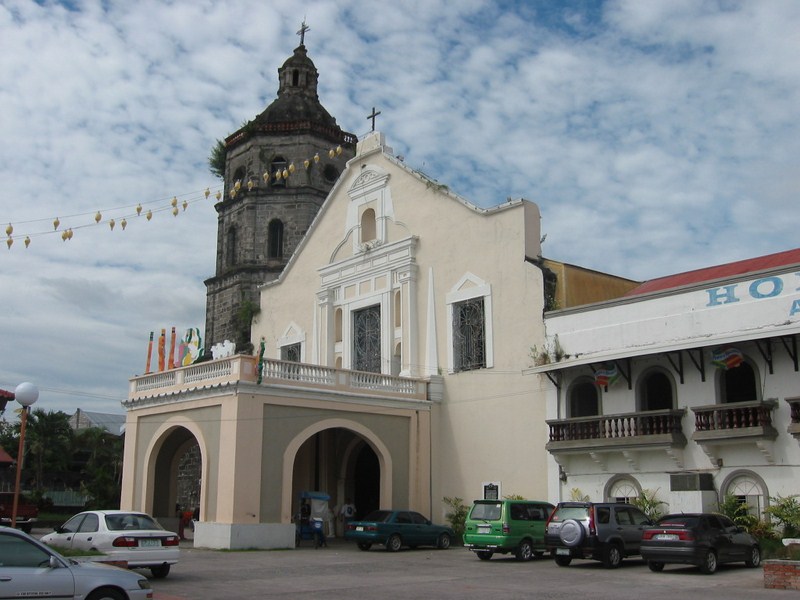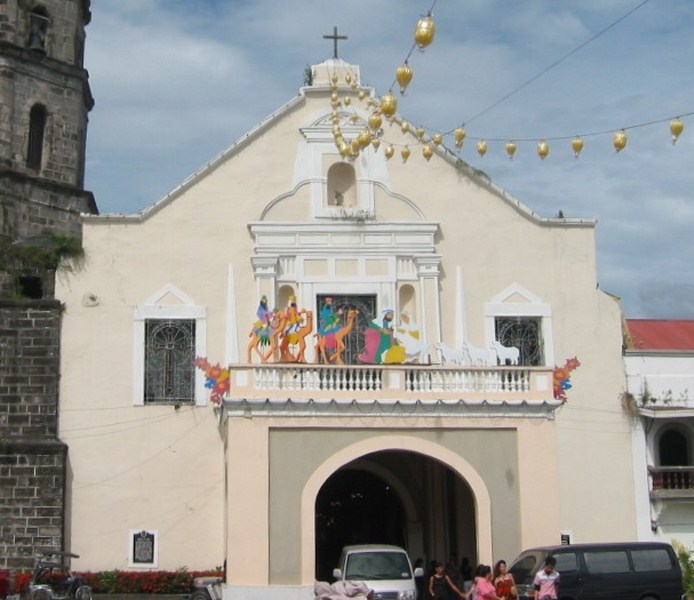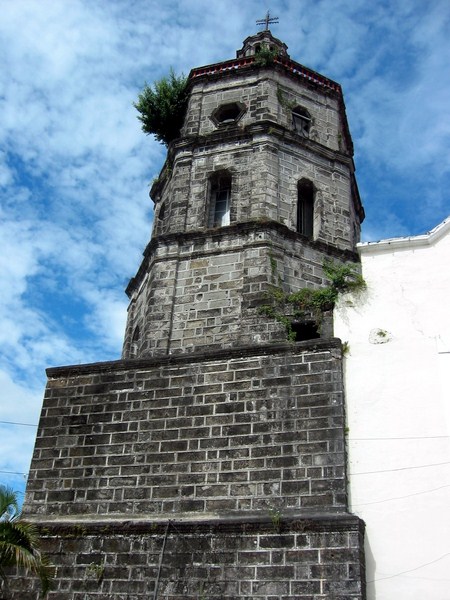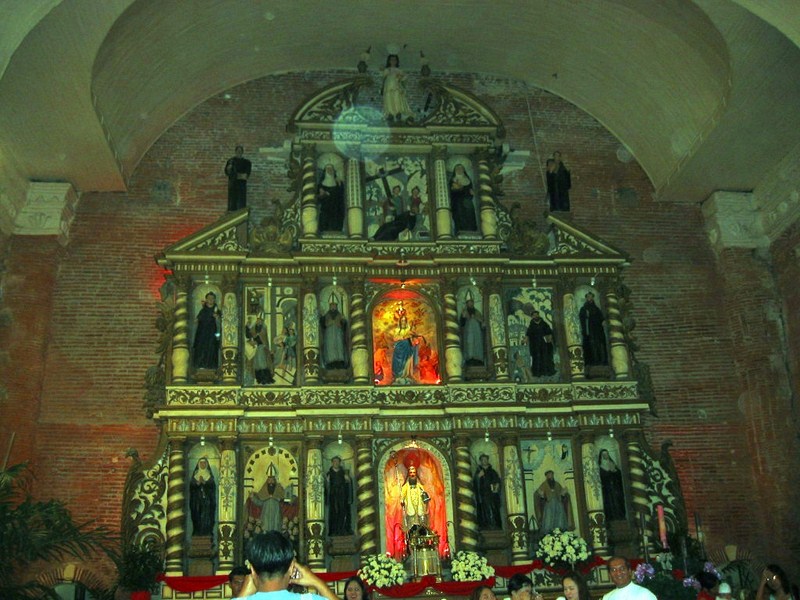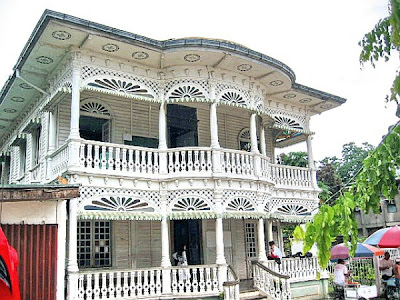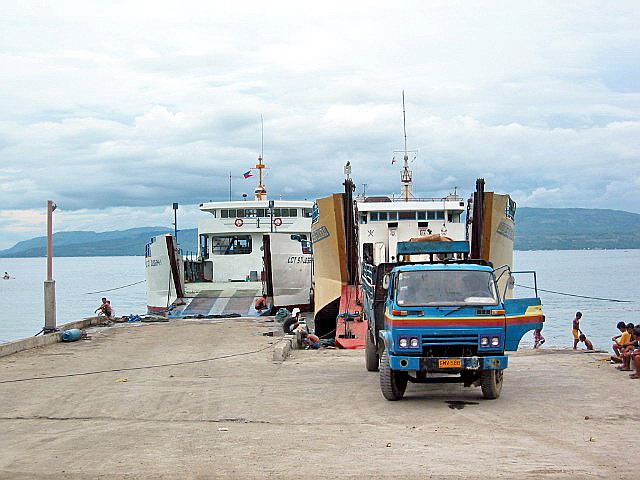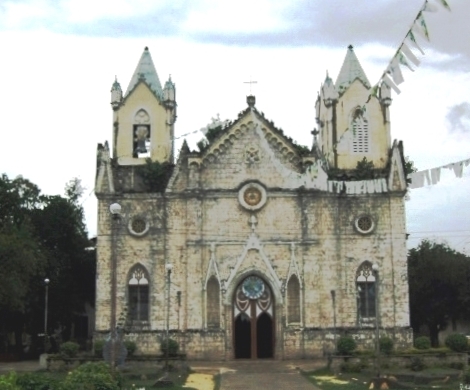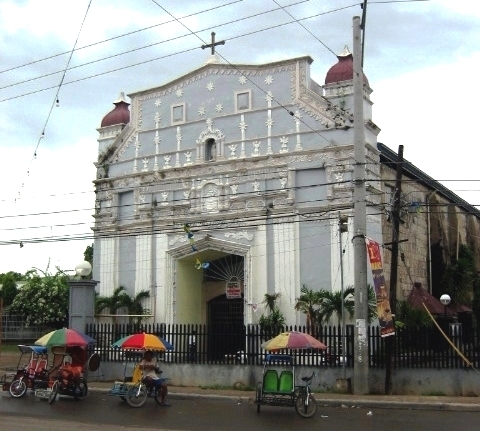| Church of St. Joseph the Carpenter |
The next town we visited was Ivana. In front of the town port is the Church of St. Joseph the Carpenter, built in 1785 and renovated in 1844. It has 3-m. thick walls and is the only church not built in the espadana style. Its separate fortress-like campanile, the only one in the province, has a crenellated top. Here, Filipino revolutionaries hoisted their flag after renouncing their loyalty to Spain on September 1898. Due to its elevation, the church offers a panoramic view of the sea and the surrounding countryside.
| Honesty Coffee Shop |
Near the church is the Honesty Coffee Shop, opened in 1995 and owned by retired public school teacher Ms. Elena Gabilo. Perhaps the only one of its kind in the country, Elena still believes that people are generally honest and therefore leaves nobody to tend to her store, concentrating, instead, on farming and cane vinegar production. A plaque inside is inscribed with the words “The Lord is my Security Guard.” The store sells snacks, candies, soft drinks, bottled water, souvenir items (vakuls) and Batanes T-shirts. Here, we picked out soft drinks and snacks from the shelf, listed them in a logbook and dropped our payment into a drop box.

